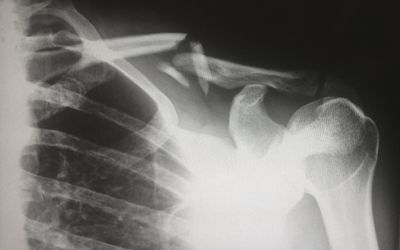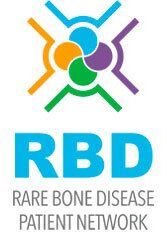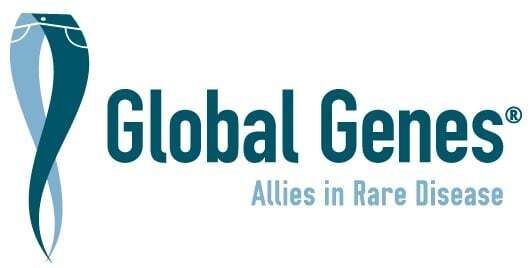
Unveiling the Mysteries of Gorham Stout Disease: A Journey through Vanishing Bone Syndrome
Hello CLA Community! We’re excited to delve into a rare and enigmatic medical condition that has puzzled scientists and clinicians alike. Known as Gorham Stout Disease, this disorder goes by many names – Vanishing Bone Disease, Idiopathic Massive Osteolysis, or Progressive Massive Osteolysis. Join me as we explore the intricacies of this perplexing ailment that impacts the very foundation of our skeletal system.
Understanding Gorham Stout Disease
Gorham Stout Disease is characterized by the gradual loss of bone, a process known as osteolysis. What sets this condition apart is its link to growth of abnormal lymphatic vessels. These delicate vessels, instead of nourishing our tissues, expand and multiply, leading to the breakdown of bone tissue through a process called bone resorption. Bones that are commonly affected include the ribs, spine, pelvis, skull, collarbone, shoulder blades, and jaws.
Signs and Symptoms
As with any medical condition, the signs and symptoms of Gorham Stout Disease can vary widely from patient to patient. The severity depends on the location of the bone lesions and the soft tissues that are affected. Early signs may include unexplained pain and swelling near the affected area. Bone fractures, even after minor trauma, are also common. Other symptoms range from breathing difficulties and chest pain to weight loss and chylothorax, a condition where fatty lymphatic fluid accumulates in the chest, potentially leading to infections and trouble breathing.
Unraveling the Complexity: Diagnosis and Genetics
Diagnosing Gorham Stout Disease can be challenging, as symptoms mimic much more common problems. Researchers have been tirelessly studying tissue samples to unravel the genetic causes of this disorder. In some patients, gene sequencing of involved tissue has revealed changes in the KRAS gene, a crucial player in the development of the disease. This discovery opens doors to potential new treatments targeting these genetic mutations.
A Glimpse into Patient Stories
The heart-wrenching stories of individuals affected by Gorham Stout Disease offer a poignant reminder of the battles they face. Take, for instance, a patient who displayed lymphatic malformations on various bones, from the clavicle to the femur. Despite a barrage of treatments, including interferon Alpha 2A, thalidomide, and sunitinib, the disease relentlessly progressed. Such stories underscore the urgency of finding effective therapies.
A Beacon of Hope: Targeted Treatments
Researchers have drawn parallels between Gorham Stout Disease and certain cancer pathways. Activating somatic mutations in genes like KRAS trigger hyperplasia of the lymphatic system, akin to oncogenesis. Consequently, drugs developed for cancer treatment, like sirolimus, alpelisib, and trametinib are being explored as potential therapies for Gorham Stout Disease. Excitingly, advancements in animal models suggest that inhibitors targeting these pathways might hold promise for affected patients.
Acknowledging the Unsung Heroes
The pursuit of understanding Gorham Stout Disease would not be possible without the collaborative efforts of dedicated researchers, clinicians, and patients. Their unwavering commitment and contributions bring us closer to unraveling the mysteries of this rare condition.
In conclusion, Gorham Stout Disease, with its bone-vanishing enigma, serves as a testament to the complexity of our biological systems. As research and technology advance, we inch closer to unveiling its secrets and offering hope to those affected by this rare disorder. Let us remember the faces and stories behind the science – the individuals who inspire us to push boundaries and seek answers in the realm of medicine.
Every donation brings us a step closer to a brighter future for those with a CLA. Join our mission today! Donate today!
Looking for more information? See the video – Genetic Causes of GSD from the 2021 LMI/GDA International Conference on Complex Lymphatic Anomalies with speaker Miikka Vikkula, MD, PhD - de Duve Institute, UCLouvain (Belgium)






